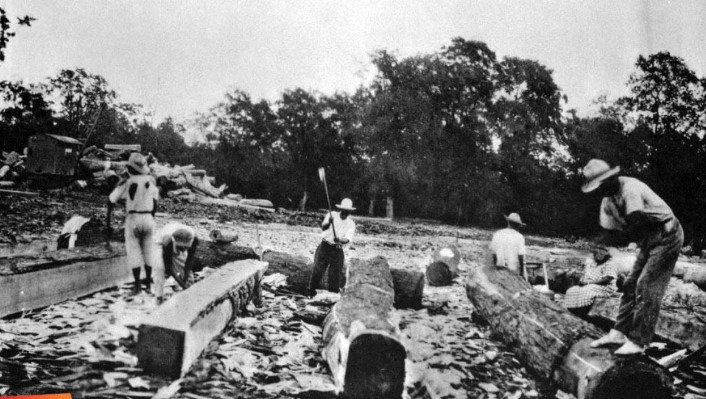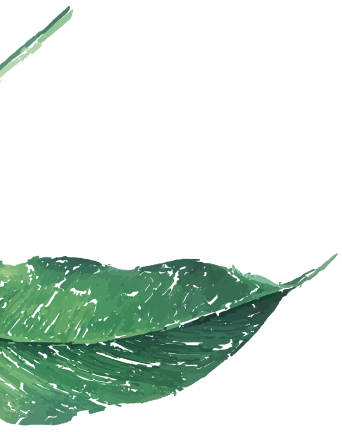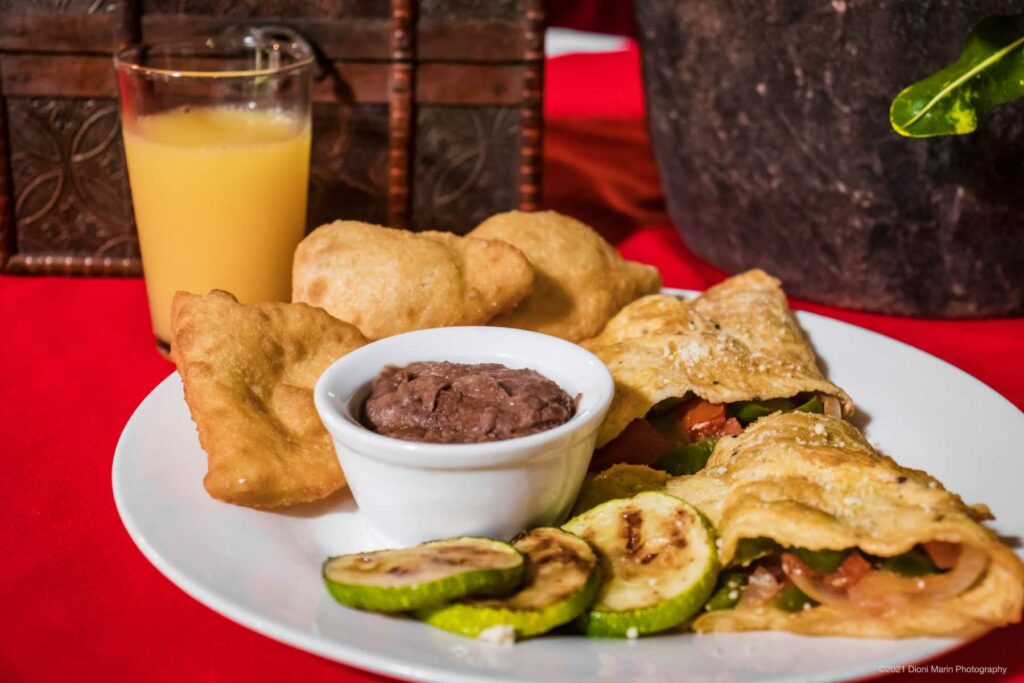The tropical rainforest of Belize is home to a wide variety of flora and fauna and occupies around 40% of the nation. As a result, many people rely on it for their living. In the Maya Mountains of Belize may be found Jaguar Creek, a waterway that eventually flows into the Belize River[1]. Because of its wide variety of plant and animal life, it is a favorite spot for ecotourists. In this essay, we will explore the background of the rainforest in Belize, zeroing in on Jaguar Creek and the efforts being made to preserve this special habitat[2].

The Early History of Belize’s Rainforest
Human occupancy of the Belizean jungle dates back to pre-Columbian times. The ancient Maya civilization, prominent in the area from 2000 BCE to 900 CE, left a major imprint on the Amazon Rainforest with its farming methods and massive structures.[3].
Alterations to the rainforest started with the advent of Europeans in the 16th century. Logging and colonies in the area were important economic activities for the Spanish and, subsequently, the British. Many natives were uprooted as a result, and countless acres of rainforest were cut down.[4].
Starting in the 19th century, the logging industry severely damaged the Amazon Rainforest. In order to harvest mahogany and other high-value hardwoods, huge expanses of the forest had tobe cleared. Many animal and plant species were wiped off because of this logging, frequently done without considering the long-term ecological repercussions. The spread of agriculture and other human activities like mining and damming also harmed the rainforest[5].

Jaguar Creek and Conservation Efforts
In the heart of the Maya Mountains in Belize may be found Jaguar Creek, a major tributary of the Belize River. Several endangered and critically endangered species call this region home, including the jaguar, tapir, and scarlet macaw, contributing to its well-known biodiversity. The stream is a famous spot for ecotourists and a vital water supply for nearby residents.[6].
There has been a continuous attempt to save the region for decades. A part of the Jaguar Creek watershed has been recognized as a protected area by the Belize government. Several non-governmental groups have been doing research, reforesting, and community outreach initiatives to save the region.[7].
The government of Belize has been instrumental in conservation efforts by establishing protected areas and legislation and working in collaboration with NGOs. Conservation efforts in the region have also included participation from non-governmental organizations (NGOs) conducting studies and implementing reforestation and community outreach initiatives.[8].

Despite continued efforts, there are still many obstacles to conservation in Jaguar Creek. Among them are changes in rainfall patterns and a rise in the frequency and intensity of wildfires due to climate change, as well as illicit logging and hunting. Further, it may be challenging to balance conservation efforts and the need of local populations who depend on the forest for survival.
Conclusion
The history of the Belizean rainforest, home to a wide variety of plant and animal species, dates back to before the arrival of the Spanish. However, the European settlers’ logging, farming, and other human activities devastated the rainforest. The Maya Mountains are home to Jaguar Creek, a major tributary of the Belize River and a vital economic lifeline for many local villages. Jaguar Creek has been the site of significant conservation efforts over the last several decades by government agencies and non-profit groups. However, more work has to be done to preserve this region and safeguard it from threats like illicit logging and hunting, as well as the effects of climate change. To preserve the rainforest’s long-term existence, it is essential to strike a balance between conservation and the demands of local populations.
On This Day
January 1, AD 800:
The Maya who first lived along Jaguar Creek understood the strategic value of the waterway immediately upon their arrival[9]. They held the forest and its people in high regard and instituted conservation procedures to ensure the resources they used would stay supplied. They saw the jaguar as a holy animal representing the harmony of the jungle, and they knew that safeguarding it was crucial to preserving that harmony. On this day, a council of Maya elders met on the creek’s banks to plan for the long-term survival of the jaguar population and the jungle it inhabits. Protection zones were formed, and hunting was outlawed in the region around the stream. These measures, performed by the ancient Maya over a millennium ago, attest to the civilization’s appreciation for and dedication to environmental preservation.
[1]Samuel Bridgewater and Pro Quest (Firm, A Natural History of Belize: Inside the Maya Forest(Austin: the University of Texas Press, 2012).
[2]“The Highlands of the Lowlands: Environment and Archaeology in the Stann Creek District, Belize, Central America, ”Choice Reviews Online 32, no. 10 (June 1, 1995):32–572832–5728,https://doi.org/10.5860/choice.32-5728.
[3]Renate J Mayr, Belize: Tracking the Path of ItsHistory: From the Heart of the Maya Empire to a Retreat for Buccaneers, a Safe-Haven for Ex-Pirates and Pioneers, a Crown Colony and a Modern Nation(Zürich: Lit, 2014).
[4]Samuel Bridgewater and Pro Quest(Firm,A Natural History of Belize:Inside the Maya Forest(Austin: the University of Texas Press, 2012).
[5]“Loggers Squaring Mahogany in Belize, around 1930, Also Video on‘Long Lost Logs from Belize, ’a LittleHistory of the Mahogany and Logwood Industry, ”Ambergriscaye.com, 2014, https://ambergriscaye.com/photogallery/140727.html.
[6]Colin A. Young, “Belize’s Ecosystems: Threats and Challenges to Conservation in Belize, ”Tropical Conservation Science1, no. 1 (March 2008): 18–33, https://doi.org/10.1177/194008290800100102.
[7]“The Highlands of the Lowlands: Environment and Archaeology in the Stann Creek District, Belize, Central America, ”Choice Reviews Online32, no. 10 (June 1, 1995): 32–572832–5728, https://doi.org/10.5860/choice.32-5728.
[8]Colin A. Young, “Belize’s Ecosystems: Threats and Challenges to Conservation in Belize, ”Tropical ConservationScience1, no. 1 (March 2008):18–33, https://doi.org/10.1177/194008290800100102.
[9]Renate J Mayr, Belize: Tracking the Path of Its History: From the Heart of the Maya Empire to a Retreat forBuccaneers, a Safe-Haven for Ex-Pirates and Pioneers, a Crown Colony and a Modern Nation(Zürich: Lit, 2014).
To learn more about beautiful Belize, explore our blog.





